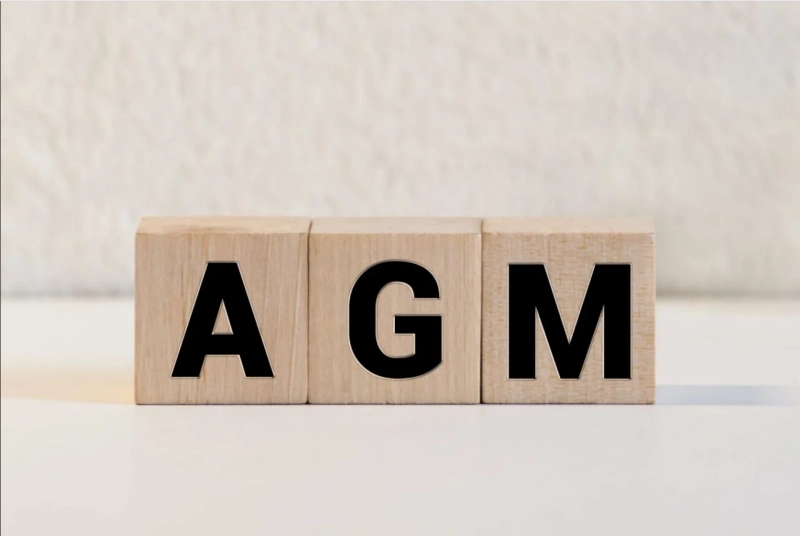Annual General Meetings (AGMs) are a cornerstone of corporate governance. They provide shareholders, directors, and stakeholders with the opportunity to review a company’s performance, vote on resolutions, and discuss future strategies. While the discussions themselves are vital, the written record is equally important. AGM Meeting Minutes serve as the official documentation of what took place, ensuring accountability, transparency, and compliance with legal requirements.
What Are AGM Meeting Minutes?
AGM Meeting Minutes are the formal written records of discussions, resolutions, and decisions made during an Annual General Meeting. They capture key details such as the date, time, and location of the meeting, the list of attendees, agenda items, motions raised, voting outcomes, and action points. These minutes provide a permanent record that can be referred to by shareholders, auditors, and regulators.
Why Are AGM Meeting Minutes Important?
- Legal Compliance: In many jurisdictions, maintaining accurate AGM Meeting Minutes is a statutory obligation. Regulatory bodies may require companies to submit or retain these records as proof that the AGM was conducted properly.
- Transparency for Shareholders: Shareholders rely on clear documentation to understand the company’s financial performance, governance decisions, and long-term strategy. Well-prepared minutes demonstrate openness and build trust.
- Reference for Future Decisions: AGM discussions often include critical resolutions such as dividend declarations, appointment of directors, or approval of financial statements. Documenting these ensures future reference and continuity in corporate governance.
- Dispute Resolution: In the event of disagreements or challenges, AGM Meeting Minutes provide an authoritative record of what was decided, helping resolve conflicts efficiently.
Best Practices for Writing AGM Meeting Minutes
- Be Accurate and Objective: Focus on recording key points and decisions rather than personal opinions.
- Use a Standard Structure: A typical format includes meeting details, attendee list, agenda items, resolutions, voting outcomes, and action items.
- Highlight Resolutions Clearly: Clearly document motions raised, who proposed them, and the results of the vote.
- Keep It Concise: Minutes should be comprehensive but not overly detailed. They should summarize discussions without becoming transcripts.
- Timely Distribution: Share the minutes promptly after the meeting so stakeholders can review and act on decisions.
Who Prepares AGM Meeting Minutes?
Usually, the company secretary or a designated minute taker is responsible for preparing AGM Meeting Minutes. In some cases, organizations may outsource this task to professional minute taking services to ensure accuracy and impartiality. Once drafted, the minutes are typically reviewed and approved by the board before being signed and entered into the company’s official records.
Conclusion
AGM Meeting Minutes are not just administrative paperwork; they are a vital element of corporate governance. They provide a transparent record of discussions, ensure compliance with regulations, and serve as a valuable reference for shareholders and directors alike.
By prioritizing accurate and timely documentation, companies demonstrate their commitment to good governance and accountability, building stronger trust with stakeholders and laying the groundwork for long-term success.


